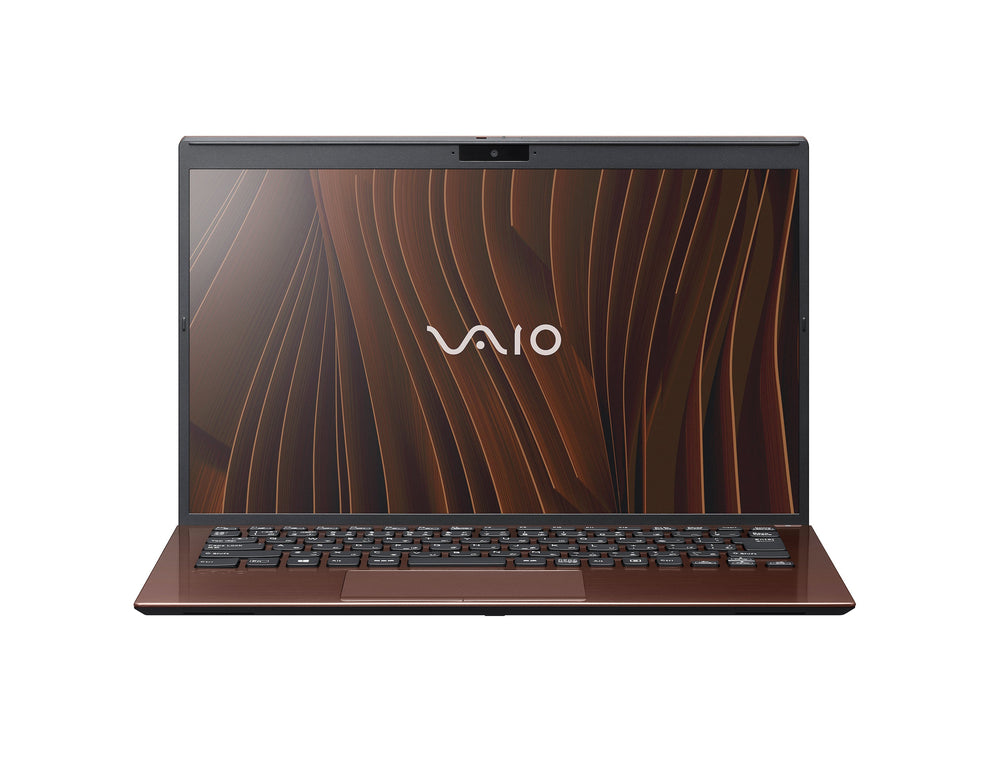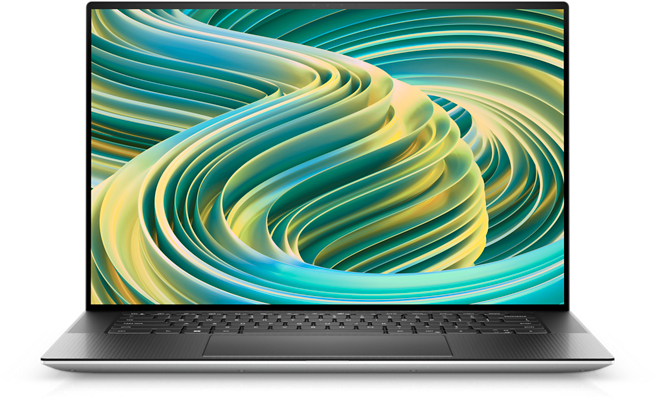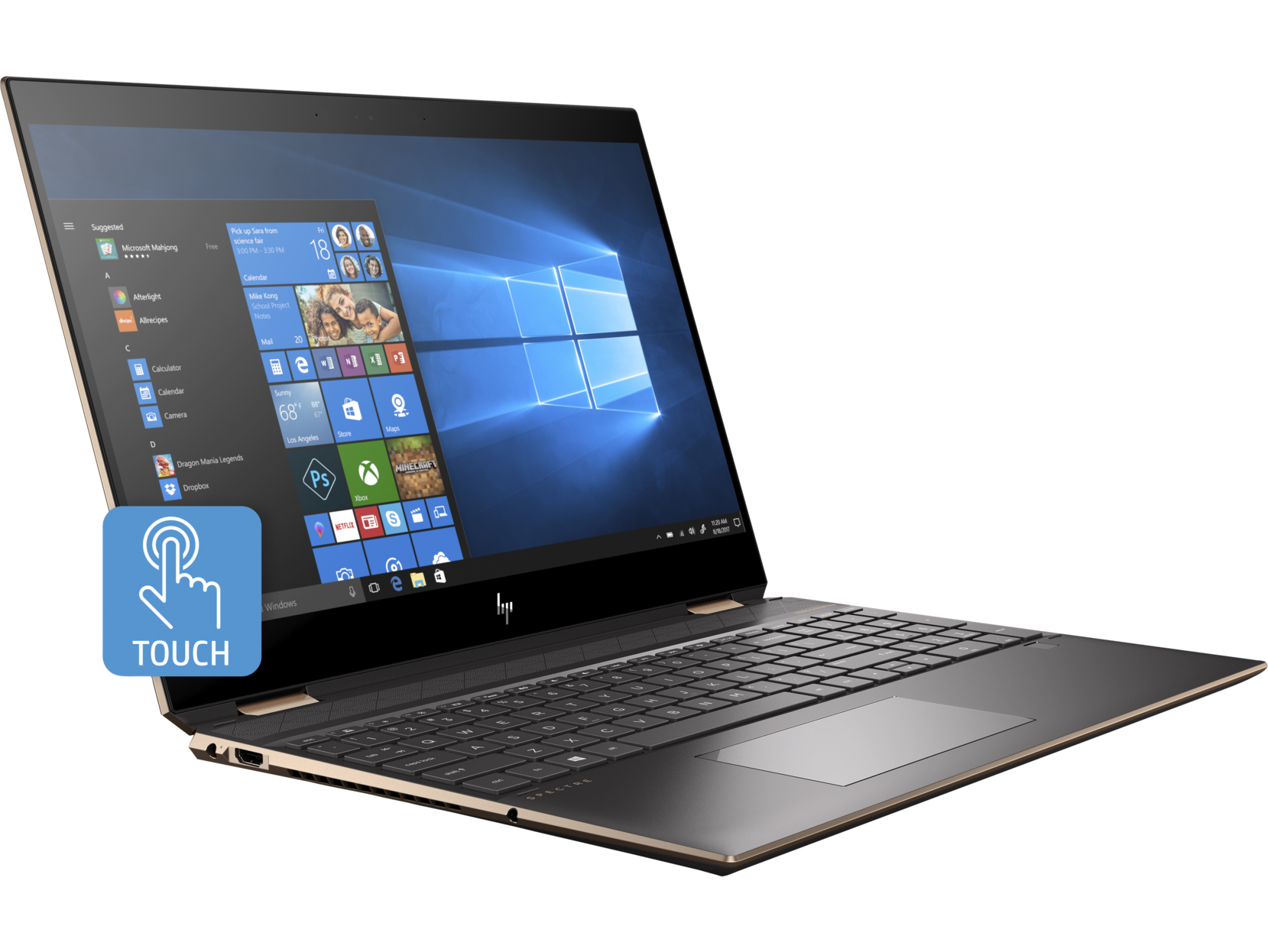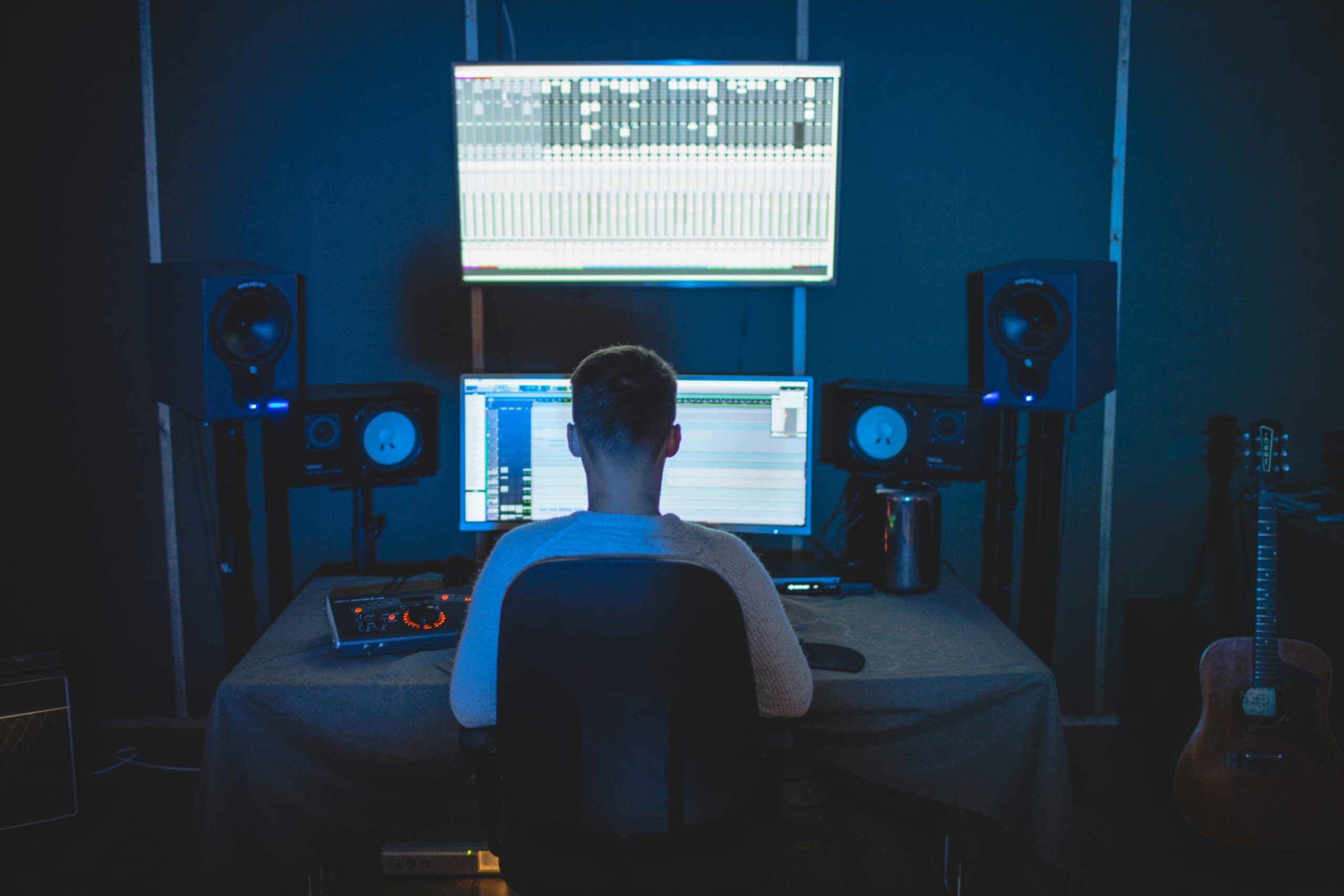If you’re a professional musician, producer, or audio engineer, your choice of laptop can impact every aspect of your music production process. Pro Tools demands a robust system to harness its full capabilities, and having a slow laptop with inadequate internal components can lead to frustrating lags and limitations.
In this article, we’ve compiled a list of the 5 best laptops for Pro Tools users to help you find your next laptop.
What to Consider When Buying a Music Production Laptop
CPU Requirements for Pro Tools
At the heart of your Pro Tools setup should be a powerful Central Processing Unit (CPU). Pro Tools is a demanding software that benefits significantly from a fast and efficient processor. For optimal performance, consider laptops that feature Intel’s i7 or i9 series, or AMD’s Ryzen 7 or Ryzen 9 processors. These CPUs are designed to handle complex digital audio workstation tasks, including real-time audio processing, mixing multiple tracks, and running high-count plug-ins without a hitch.
The choice of CPU will not only affect how smoothly Pro Tools runs but also how effectively you can handle larger sessions with multiple instruments and effects. A stronger processor equips you to tackle these challenges head-on, minimizing the possibility of system crashes or slowdowns during critical recording sessions.
RAM and Storage Needs for Music Production
When it comes to Random Access Memory (RAM), more is generally better. The minimum RAM requirement for running Pro Tools is 16 GB, but ideally, you’ll want at least 32 GB to ensure a smooth workflow, especially in sessions with high track counts or extensive use of virtual instruments.
Storage is another critical factor, with solid-state drives (SSD) taking the lead over traditional hard disk drives (HDD). SSDs offer superior speed and reliability, which is essential for audio production. They enable faster loading times for your software and samples, and more efficient data transfer, which can be a game-changer in reducing downtime during sessions. For most professionals, starting with at least a 512 GB SSD is recommended, with 1 TB or more being optimal for handling large libraries of audio files and projects.
Graphics and Display
While music production is not graphically intensive like video editing or 3D design software, having a high-resolution laptop screen can improve your overall experience. A minimum resolution of 1920×1080 (Full HD) is advisable. This provides sufficient screen real estate to view multiple tracks and plugins simultaneously, reducing the need to scroll excessively and making it easier to manage your sessions.
In terms of graphics processing, a dedicated GPU is not necessary for audio editing tasks but can be beneficial if you plan to use your laptop for video-related tasks or if you use plugins that feature advanced graphical interfaces.
Connectivity Options
The connectivity options of your laptop are vital for ensuring compatibility with various audio interfaces, MIDI controllers, and external storage devices. For audio production look for key ports that include USB-C or Thunderbolt, as these can handle data at high speeds and also serve multiple functions, including charging and connecting to external displays.
Additionally, consider the quality of the laptop’s built-in audio. While most professional setups will use an external audio interface, having a good onboard sound card can be beneficial for preliminary edits or when traveling without your full setup. Wi-Fi capabilities should also be robust, especially if you collaborate online or stream audio files from cloud-based storage.
Best Laptops for Pro Tools in 2024

(Credit: VAIO)
When it comes to choosing the best laptops for Pro Tools, the MacBook Pro is often at the top of the list due to its powerful performance and reliability. However, the Mac Mini, equipped with Apple’s M range of chips, including the M2 and M3 processors, offers a significant performance boost over the original Intel processors and serves as a great alternative for those who prefer a desktop setup.
1. VAIO SX14
- CPU: Intel Core i7-1165G7
- RAM: 32 GB
- Storage: 1 TB SSD
- Display: 14-inch 4K Ultra HD
- Connectivity: USB-C with Thunderbolt 4, HDMI, VGA, LAN, multiple USB-A ports
- Special Features: Ultra-lightweight design, exceptional build quality, and extended battery life.

(Credit: Apple)
2. Apple MacBook Pro 16-inch
- CPU: Apple M1 Pro chip. Mac OS offers significant advantages for music production due to its hardware, software optimization, and superior audio performance.
- RAM: 32 GB
- Storage: 1 TB SSD
- Display: 16-inch Retina Display with True Tone technology
- Connectivity: 3 Thunderbolt 4 ports, HDMI, SDXC card slot
- Special Features: Industry-leading performance for complex Pro Tools sessions, studio-quality mic array, excellent speakers.

(Credit: Dell)
3. Dell XPS 15
- CPU: Intel Core i9-11900H
- RAM: 32 GB
- Storage: 1 TB SSD
- Display: 15.6-inch 4K UHD+
- Connectivity: 2 Thunderbolt 3 ports, USB-C 3.1, SD card reader
- Special Features: Vivid display ideal for audio visual projects, robust thermal management to handle extended use.
4. ASUS ROG Zephyrus G15
- CPU: AMD Ryzen 9 5900HS
- RAM: 32 GB
- Storage: 1 TB SSD
- Display: 15.6-inch WQHD
- Connectivity: USB-C with Power Delivery, HDMI, Wi-Fi 6
- Special Features: High refresh rate screen beneficial for real-time effects rendering, exceptional battery life, lightweight for a gaming laptop.

(Credit: HP)
5. HP Spectre x360 15
- CPU: Intel Core i7-10750H
- RAM: 16 GB (upgradable to 32 GB)
- Storage: 512 GB SSD (upgradable)
- Display: 15.6-inch 4K UHD Touch
- Connectivity: Thunderbolt 4, USB-C, USB-A, HDMI, microSD reader
- Special Features: 360-degree hinge for versatile use, touch screen for interactive editing, impressive aesthetics.
These laptops are not only equipped with high-performance components suitable for the most demanding Pro Tools sessions but also boast features that enhance overall productivity and user experience. Whether you are audio recording, mixing, or mastering, these machines provide the reliability and speed required to maintain a smooth creative workflow.
Upgrading Your Laptop for Pro Tools
Upgrading your laptop can significantly enhance its performance with Pro Tools, ensuring that it keeps up with your growing demands in audio production. Here are some guidelines on when and how to consider upgrading your RAM and storage to boost your system’s capabilities.
When to Upgrade
The decision to upgrade should be based on a few key factors:
- Performance bottlenecks: If you find that your current setup struggles with larger Pro Tools sessions or if you experience frequent slowdowns and audio dropouts, it might be time to upgrade.
- Increasing project complexity: As your projects become more complex, with more tracks and effects, your existing hardware might not suffice. Upgrading can help maintain a smooth workflow.
- Software updates: New versions of Pro Tools may have higher system requirements. To take advantage of the latest features without compromising performance, an upgrade might be necessary.
Upgrading RAM
RAM upgrades are one of the most cost-effective ways to improve performance. If your laptop currently has 16 GB of RAM and you’re experiencing limitations in your workflow, upgrading to 32 GB or even 64 GB can make a significant difference. More RAM allows Pro Tools to handle more simultaneous tracks and plugins, providing more flexibility and stability during intensive sessions.
Upgrading Storage
Replacing a traditional hard drive with an SSD is a transformative upgrade for any audio production setup. If your laptop already features an SSD, consider increasing its capacity or adding an additional SSD if your laptop supports it. This not only provides more space for large audio files and samples but also improves the overall responsiveness and speed of your system.
Practical Considerations for Upgrades
Before upgrading, check the specifications of your laptop to ensure compatibility with new components. Some laptops have limitations on the maximum amount of RAM they support, and others may have non-upgradable, soldered components. Additionally, consider the cost-effectiveness of an upgrade versus purchasing a new laptop, especially if your current laptop is significantly outdated.
By carefully planning upgrades to your RAM and storage, you can extend the life of your laptop and enhance its performance in running Pro Tools. This not only optimizes your existing investment but also ensures that your laptop continues to meet the demands of modern audio production tasks.
FAQs
Can I use an external graphics card with my laptop for better Pro Tools performance?
While Pro Tools primarily relies on CPU and RAM, using an external graphics card won’t significantly impact its performance. However, an external GPU could be beneficial if you’re using video-intensive applications alongside Pro Tools.
What is the minimum RAM required to run Pro Tools without lag?
The minimum RAM required to run Pro Tools efficiently is 16 GB, but for optimal performance, especially in larger projects, 32 GB or more is recommended.
How does the operating system affect Pro Tools performance?
The operating system can affect the stability and efficiency of Pro Tools. Both macOS and Windows are supported, but each may perform differently depending on their respective system optimizations and updates. Mac OS is often praised for its hardware and software optimization, which can lead to superior audio performance in music production. However, it’s a misconception that only Apple laptops are suitable for creative arts. Properly configured PC laptops can also be used effectively for music production, offering cost-effectiveness and solid performance. Always ensure your operating system is fully compatible with the version of Pro Tools you intend to use to maximize performance.

